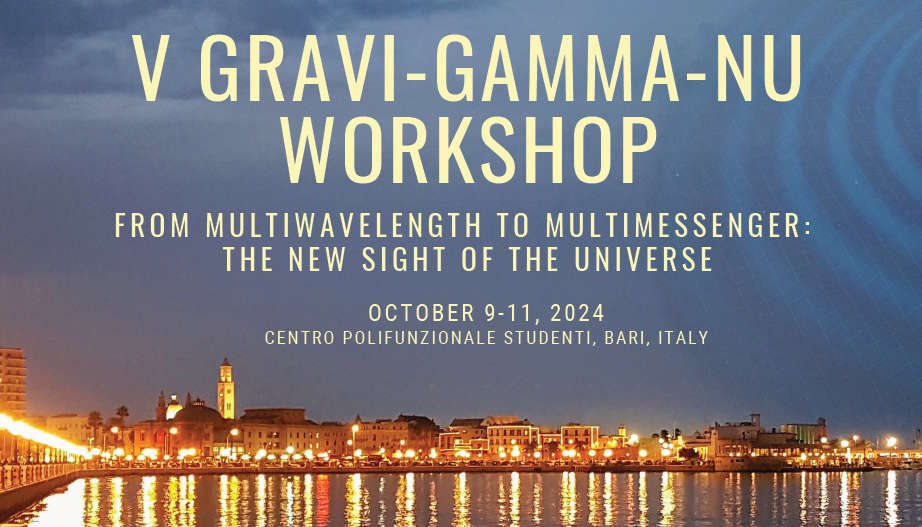Speaker
Description
Intermediate synchrotron-peaked BL Lacs (IBLs) are quite rare sources in the TeV gamma-ray sky. The IBL B2 1811+31 (z = 0.117) underwent a period of flaring activity in 2020. Detailed characterization of the broad-band emission of the source was achieved thanks to a multi-wavelength (MWL) campaign triggered by the Large Area Telescope (LAT) on board the Fermi satellite in the high-energy gamma-ray band (HE; 100 MeV < E < 100 GeV). The observational campaign was joined by the MAGIC telescopes in the very-high-energy (VHE; 100 GeV < E < 100 TeV) gamma-ray band, leading to the first detection of the source in this energy range. At lower frequencies, the XRT and UVOT instruments onboard the Neil Gehrels Swift Observatory partecipated to the campaign, as well as several ground-based optical and radio telescopes. An extensive MWL dataset spanning over 15 years was employed to put the high state activity observed in 2020 into the context of the source long-term emission.
In this contribution, we report on the MWL characterization of B2 1811+31, focusing on the 2020 high state. We discuss a leptonic interpretative model for the source high state and propose a self-consistent scenario for the emission regions responsible for the flare.

